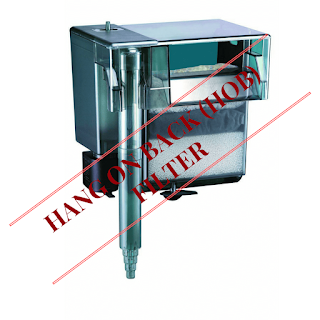With a small touch you can have a successful and healthy aquarium. Just a little care is enough for your aquarium friends. Here you can find 15 basic rules for a good aquarium.
1
Feed two to three times each day
2
Regular and varied feeding is important for fish
3
Do not overfeed. Feed must be consumed in about 2 min.
4
Take care to population in aquarium.
5
Change water weekly
6
Test water parameters regularly
7
Choose fish that live similar temperatures.
8
Choose fish that mesh together
9
Provide good filtration
10
Choose the largest aquarium possible.
11
Stable conditions are always important for fish.
12
According to type of fish that you feed, make daily, weekly and monthly checklist.
13
Be careful when you place new fish/decor/any equipment to aquarium.
14
Always check your fish condition.
15
Choose complementary plants, rocks, wood, gravel and etc.
Enjoy the hobby!













